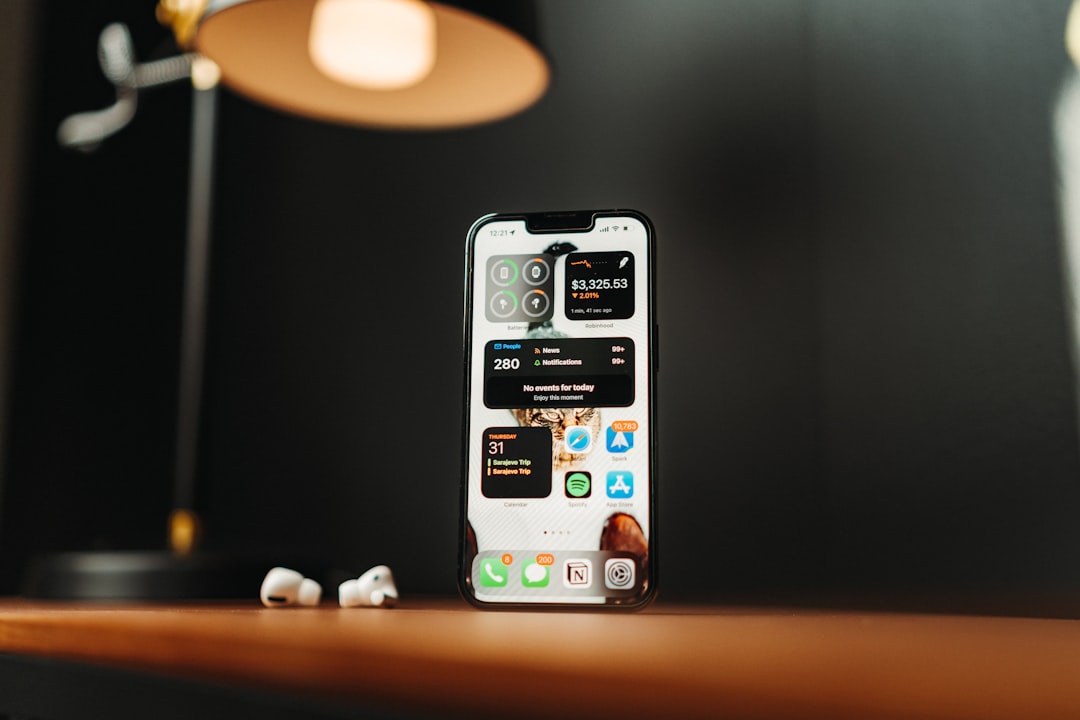In the continuously evolving landscape of mobile technology, users are seeking more efficient and personalized ways to interact with their devices. Apple’s iOS Shortcuts app has emerged as a powerful tool that empowers users to automate routine tasks across their iPhones and iPads. Designed to be both accessible to beginners and immensely powerful for advanced users, iOS Shortcuts offers a gateway into task automation that can save time, reduce digital friction, and even improve productivity.
What is iOS Shortcuts?
iOS Shortcuts is a native automation tool introduced by Apple that enables users to create custom sequences of actions—known as shortcuts—which can be triggered manually or automatically. These shortcuts can consist of multiple steps across a wide range of apps and services: sending messages, launching music, adjusting device settings, manipulating data, and much more.
Originally derived from the Workflow app, which Apple acquired in 2017, Shortcuts was integrated deeply into iOS starting with iOS 12 and has continuously become more powerful and flexible with each subsequent update. The app combines drag-and-drop scripting capabilities with system-level access, allowing users to execute multi-step actions with a single tap or command.
Why Automate with iOS Shortcuts?
The benefits of task automation on iOS using Shortcuts can be categorized into several key areas:
- Time-Saving: Routine tasks like texting a family member when you leave work or adjusting your home thermostat can be automated to occur with minimal input.
- Error Reduction: Automating processes ensures that complex, multi-step tasks are performed consistently without human error.
- Customization: Shortcuts can be tailored to suit individual needs and preferences, offering a highly personalized experience.
- Accessibility: Users with disabilities can benefit greatly from automation, reducing the amount of physical interaction needed with the device.
Core Features of iOS Shortcuts
At the heart of the Shortcuts app lies an intuitive interface designed for users of all skill levels. Here are some of the key features that make iOS automation a powerful tool:
- Drag-and-Drop Actions: Users can build complex workflows by combining predefined actions in a linear timeline. These actions can range from sending a message to parsing a JSON API response.
- Scripting and Logic: Shortcuts supports logic flows including conditional statements like If/Then, Repeat, and Choose from Menu, enabling decision-based automations.
- Integration with Apps and Services: The app integrates with both native iOS apps (such as Safari, Calendar, and Contacts) and third-party services through APIs and URL schemes.
- Automations: Shortcuts can be triggered automatically based on various conditions such as time of day, location, or when connecting to a certain Wi-Fi network.
- Siri Integration: You can invoke any shortcut simply by using your voice with a custom Siri phrase.
Examples of Useful Shortcuts
To illustrate the practical applications of iOS Shortcuts, here are some real-world examples that many users find valuable:
- Morning Routine: A shortcut that reads your first calendar event, gives you a weather update, and plays your favorite news podcast.
- Leave Work Notification: Automatically sends a text message to a family member with your ETA when you leave your workplace location.
- Travel Preparation: Checks the weather for your destination, sets your phone to low-power mode, and activates Do Not Disturb for the duration of your flight.
- Convert Photos to PDF: Selects images from your gallery and turns them into a single PDF file, stored in iCloud Drive or sent via email.

Creating Your First Shortcut
Getting started with iOS Shortcuts isn’t as intimidating as it sounds. Here’s a basic walkthrough for creating a simple shortcut that sends a predefined message:
- Open the Shortcuts app.
- Tap the + button to create a new shortcut.
- Tap Add Action and choose Apps > Messages.
- Select Send Message.
- Enter your desired message and recipient.
- Tap Next and give your shortcut a name.
- Choose whether you want to add the shortcut to your home screen or use it via Siri.
This basic workflow can be expanded with more conditions, actions, and triggers, showcasing just how scalable the Shortcuts system can be.
Advanced Capabilities and Scripting
For those familiar with logic and programming concepts, Shortcuts offers scripting capabilities that unlock advanced automation potential. The If action lets you create branched workflows. Variables can be used to manipulate data input from the user or retrieved from web services.
Additionally, the app supports integration with Apple’s automation framework via App Intents, allowing developers to expose custom functionality to the Shortcuts app directly. This means third-party apps can participate in complex workflows even more seamlessly.
Automation Triggers and Personal Automations
One of the most powerful features of Shortcuts is the ability to create automations that activate based on specific events:
- Time of Day: Run a shortcut every morning at 7 AM.
- Location: Trigger when you arrive at work or leave home.
- App Activity: Launch a set of actions when you open or close a specific app.
- Airplane Mode/Wi-Fi/Bluetooth: Change settings or notify users when these are toggled.
These personal automations allow the iPhone to preemptively and intelligently take action on behalf of the user, minimizing the need for manual initiation.

Security and Privacy Considerations
Apple has designed Shortcuts with a strong emphasis on user privacy and device security. Automations that involve sending messages or interacting with user data often require allowance from the user, ensuring that malicious shortcuts cannot operate unauthorized processes.
Additionally, when importing a shortcut from external sources, iOS will issue a warning if the shortcut comes from an untrusted developer. Users can review the steps within the shortcut to verify its functionality before enabling it.
Productivity Enhancement for Professionals
Professionals can use iOS Shortcuts to streamline their workday. For instance, legal practitioners could automate form generation using templates. Marketing managers might use shortcuts to post to multiple social media platforms with a single tap. Even IT teams can benefit by packing diagnostic tools and reports into reusable shortcuts to accelerate troubleshooting.
With the integration of macOS Shortcuts, workflows can span across devices, opening up additional possibilities for desktop-level automation synchronized with mobile operations.
Final Thoughts
Task automation through iOS Shortcuts isn’t merely a novelty—it’s a transformative tool that brings the power of a personal assistant to the palm of your hand. Whether used for simple tasks like automating your morning routine or for building intricate workflows involving data retrieval and remote device control, Shortcuts empowers users to take full advantage of their iOS ecosystem.
As Apple continues to expand its automation capabilities, mastering the Shortcuts app could soon become an essential digital skill. With thoughtful design and a bit of creativity, the potential to optimize your digital life using Shortcuts is virtually limitless.
